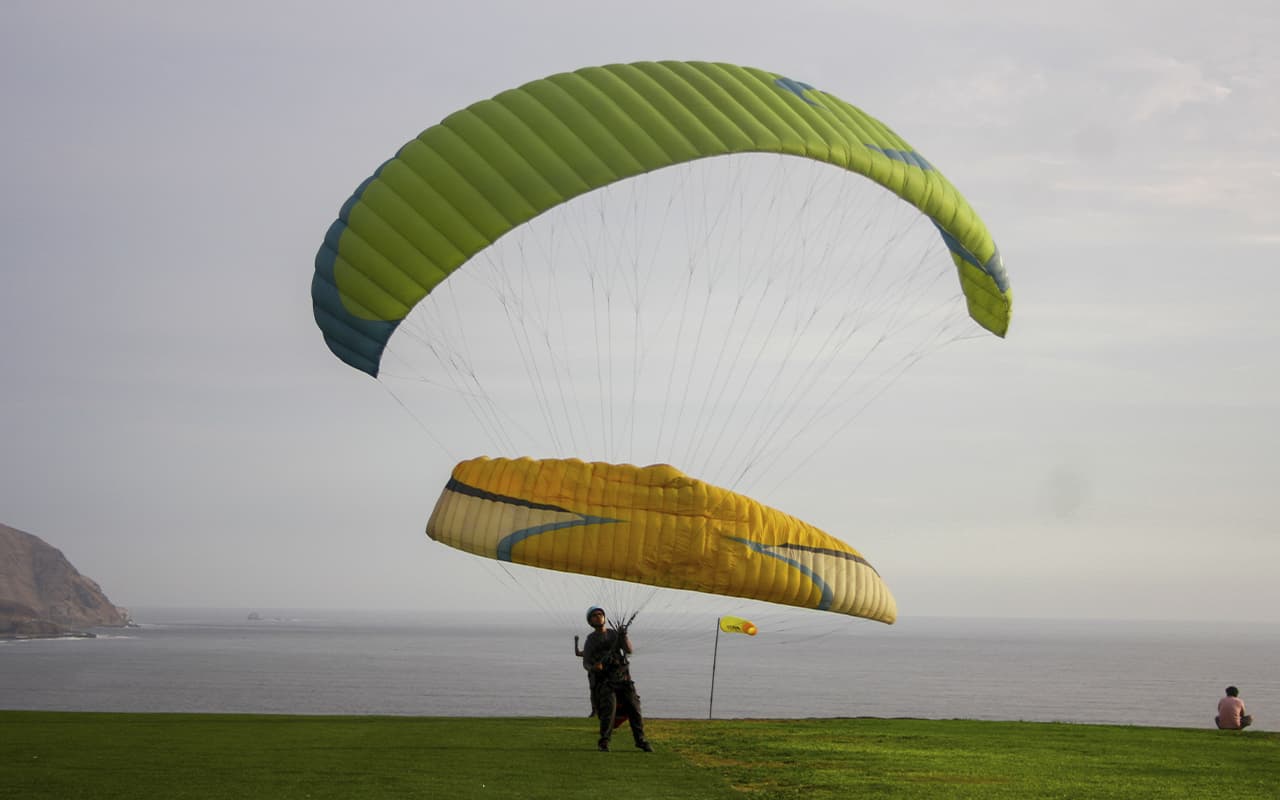The purpose of a running parachute is to add resistance to your run. Adding resistance while running is a great way to help you practice proper form and encourage you to work harder.
It will be more difficult to maintain your speed if you add parachute resistance to your running.
This means you must use a more efficient drive, and a higher drive efficiency will increase your overall strength and increase your running ability.
How does a Running Parachute work?
A running parachute usually consists of two parts.
The first part is a belt that you place around your waist. It usually has a cord that hangs down and a buckle attached to the end.
Then there is the parachute itself. The parachute is usually made of nylon and has a cord with a buckle at the end.
These two parts are connected together when you need resistance, and if you are doing an exercise that requires resistance when you fall, you can easily detach and continue working.
When the parachute is attached and you start running, the parachute catches the wind and expands.
As you pick up speed, the parachute will move behind you. This results in resistance being applied behind your body’s center of gravity.
The faster you run, the more resistance you experience.
Using a parachute is beneficial for all phases of speed. You can benefit during the start, acceleration and during the top speed phase.
You can also easily move in different directions, making it great for stop-and-go exercises or exercises that require jumping and turning.
Difficulties in Using a Running Parachute
I recently used a running parachute during my training and it was very useful but had its difficulties.
If the wind is inconsistent, it can cause the chute to float up and down or pull in different directions, which can be a bit distracting.
If you are doing longer intervals, say over 20-30 seconds, it can be VERY difficult to run fast enough to hold the chute.
This means that as you run, it will occasionally drag on the ground.
This can be frustrating, BUT it encourages you to pick up the pace and even if the chute is on the ground, you will still feel some resistance.
So don’t worry, training is not a waste. Over time, your pedal frequency and speed will improve during your resistance skydiving runs and you’ll be able to keep your parachute in the air in no time.
